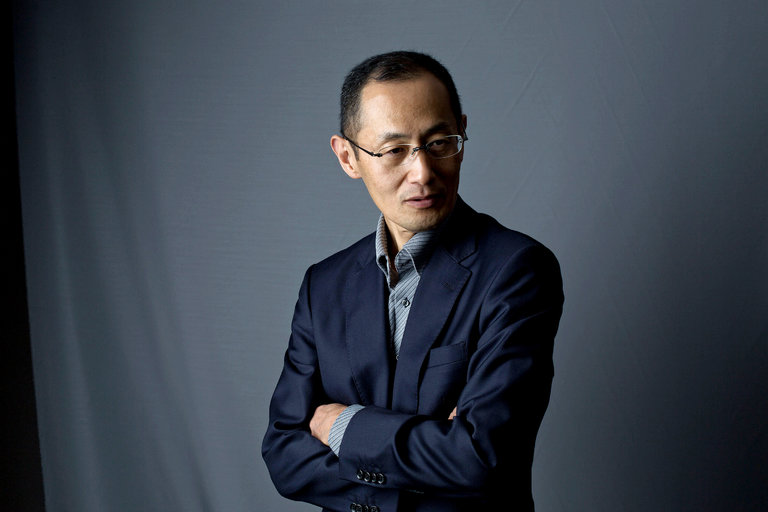
Stem cells 1: ‘Be patient,” says Nobel laureate Shinya Yamanaka
Only a small portion of patients can be helped with stem cell therapy
 Shinya Yamanaka / New York Times
Shinya Yamanaka / New York Times
Japanese researcher Shinya Yamanaka won the Nobel Prize in Medicine in 2012 for discovering that mature cells can revert to stem cells. These “induced pluripotent stem cells” can, theoretically, become any cell in the body. This was greeted not only as an immense technical breakthrough, but an ethical one, as scientists’ interest in embryonic stem cells for potential cures swiftly declined after his ground-breaking research.
In an interview with the New York Times, he has answered some questions about the future of stem cell research.
For a layman, the surprising thing about Dr Yamanaka’s view of the field is his scepticism about “personalised medicine”. It was once confidently predicted that a person’s iPS cells could be used to create whatever cells are needed to cure him. Not so, he says. Even iPS cells are potentially cancer-causing and have to be tested carefully. Instead of using iPS cells developed from each patient, he envisages using 10 thoroughly safety-tested stem cell lines — which could treat all patients in Japan (or 20 in the US).
Here are some excerpts from the interview:
Was the promise of stem cells overstated?
In some ways, yes, it is overstated. For example, target diseases for cell therapy are limited. There are about 10: Parkinson’s, retinal and corneal diseases, heart and liver failure, diabetes and only a few more — spinal cord injury, joint disorders and some blood disorders. But maybe that’s all.
The number of human diseases is enormous. I don’t know how many. We can help just a small portion of patients by stem cell therapy.
Why so few?
We have more than 200 types of cells in our body. But the diseases I described are caused by loss of function of just one type of cell. Parkinson’s disease is caused by failure of very specialized brain cells that produce dopamine. Heart failure is caused by loss of function of cardiac heart cell.
So, that’s the key. We can make that one type of cell from stem cells in a large amount, and by transplanting those cells, we should be able to rescue the patient. But many other diseases are caused by multiple types of cell failures, and we cannot treat them with stem cell therapy.
What are your biggest concerns about the future of stem cell treatments?
I think the science has moved too far ahead of talk of ethical issues. When we succeeded in making iPS cells, we thought, wow, we can now overcome ethical issues of using embryos to make stem cell lines.
But soon after, we realized we are making new ethical issues. We can make a human kidney or human pancreas in pigs if human iPS cells are injected into the embryo. But how much can we do those things?
It is very controversial. These treatments may help thousands of people. So getting an ethical consensus is extremely important.
https://www.bioedge.org/images/2008images/TH_shinya_yamanaka.jpg
Creative commons
https://www.bioedge.org/images/2008images/17YAMANAKA-master768.jpg
shinya yamanaka
stem cells
- How long can you put off seeing the doctor because of lockdowns? - December 3, 2021
- House of Lords debates assisted suicide—again - October 28, 2021
- Spanish government tries to restrict conscientious objection - October 28, 2021
